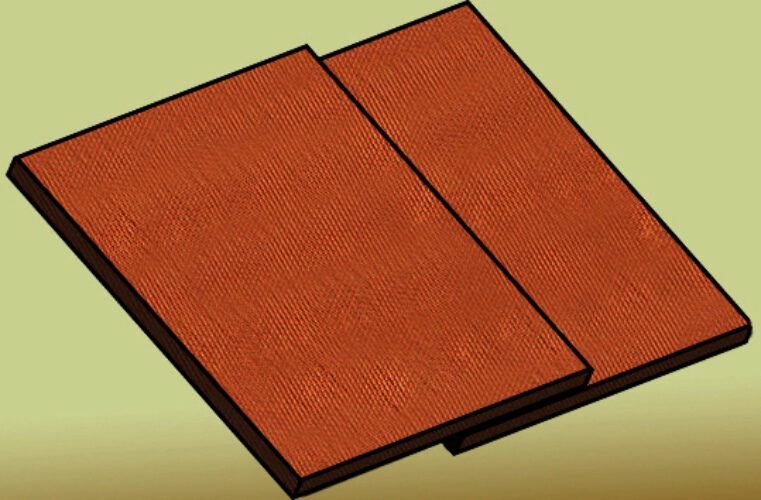October is Manufacturing Month; AFC is proud to be partnering with the Manufacturing Pathways Consortium for their shop plant tours. Along with 12 other local manufacturers, we are excited to welcome students, parents, community members, and policymakers to explore McHenry County’s manufacturing sector. Tour dates include October 10th, 19th, and 25th at 5-6pm and 6:30-7:30pm. Join AFC for Manufacturing Month
Heat sealing PTFE coated fabrics is the primary way to create an endless splice joining the two ends of the fabric. There are many factors that contribute to the effectiveness of a heat seal. Below are 6 tips that can help you achieve the best results while heat sealing.
1. Make a Test Strip
Before actually heat sealing a splice or expansion joint, we recommend that a test strip be heat sealed. The test strip should be constructed with the same materials as the belt. Once the test strip is made, it should be peeled apart to ensure that a good heat seal has been made. When you pull apart the strip, the bare fiberglass should be exposed. This means that a good seal was made.
2. Cleanliness
The heat seal iron and the mineral board should be covered with clean silicone cloth prior to heat sealing. The silicone cloth also prevents the accumulation of PFA/FEP on the bottom of the iron.
3. Temperature
A set point of 700-727°F is recommended for most heat sealing. Different thicknesses of materials should be accommodated by varying the dwell time, keeping the same temperature. The temperature should not vary according to the thickness of material being heat sealed. Use a mineral board work surface on which to place the material being heat sealed. Note that a joint must be heated about 700°F to obtain a good joint, even though the PFA melts at 580°F.
4. Timing
A small electronic timer or stopwatch should be used to ensure that uniform heat sealing time is used.
5. Overlapping
The 700-725°F set point allows for reheating all or part of a heat sealed joint. Most jobs require that the heat sealer be stepped across the width of the joint. Each step should overlap the previous step by ½ to 1 inch. Overlapping ensures that no area within the same is left unsealed. Overlap area will be subject to two full heat cycles. At 700-725°F, overlapping will not damage the material.
6. Pressure
Immediately upon removal of the heat sealing iron, the PFA (or FEP) is still in a melted state. It will solidify within 10-15 seconds after removal of the heat. AFC recommends applications of pressure to the joint area for those 10-15 seconds. This is a CRITICAL STEP in obtaining the strongest joint. Pressure may be applied with a cotton rag or with a roller.


